Mario Urteaga Alvarado (1875 - 1957)
Urteaga Alvarado, Mario (b. Cajamarca, April 1, 1875 - d. Cajamarca, June 12, 1957) was a Peruvian painter. He originally worked as a journalist, administrator, teacher and farmer. However, he switched to oil painting at around the age of 30.
Unlike their indigenist colleagues, trained in the Escuela Nacional de Bellas Artes in Lima and assets, Urteaga was a self-taught artist and had developed the central work of his paintings in Cajamarca. This circumstance contributed to shaping the image of the artist as topical spontaneous product of his environment and to project an ambivalent perception of his work, sometimes classified as non-academic and as a manifestation of the independent indigenousness. With a mix of classicism and naturally it was fascinating to the viewer of his time, peasant scenes carefully composed by the artist seemed to embody the peripheral end of the nationalist aspirations of an entire generation would have achieved Urteaga display "Indians more Indians have been painted", according to the concluding sentence of Teodoro Núñez Ureta. The reality of his work and his life, however, is offers much more contradictory and complex.
His spontaneity and topicality are reminiscent of the caricatures of Pancho Fierro, yet his representation of the indigenous peoples of Peru and their daily life is serious. He is considered to be the first painter to portray Indian people without patronizing them, as can be seen in the Adobe Makers (1937, priv. col.) and Return of the Peasants (Lima, Mus. A.).
http://en.wikipedia.org/wiki/Mario_Urteaga_Alvarado
http://www.artexpertswebsite.com/pages/artists/artists_l-z/urteaga/Mario%20Urteaga-%20Fiesta%20campesina,%201921.jpg



Jorge Vinatea Reinoso (1900 - 1931)
Jorge Vinatea Reinoso (April 22, 1900 - July 15, 1931) was a Peruvian painter. Reinoso was born in Arequipa. His first exhibition was in 1917, and by 1918 he had moved to Lima. There, from 1919 to 1924, he was taught by painter Daniel Hernández at the Escuela Nacional de Bellas Artes. He worked for a while as an art critic and caricaturist and in 1925 attained a teaching job at the Escuela Nacional de Bellas Artes. As a cartoonist, in 1922 he created the first Peruvian comic strip series to use speech balloons: Travesuras de Serrucho y Volatín. Reinoso died in his hometown of Arequipa.
http://en.wikipedia.org/wiki/Jorge_Vinatea_Reinoso
http://vinatea.perucultural.org.pe/bio.htm







World (Social) Realist Art (Index of Countries)
This blog page is part of an ongoing project by artist and part-time lecturer Caoimhghin Ó Croidheáin (http://gaelart.net/) to explore Realist / Social Realist art from around the world. The term Realism is used in its broadest sense to include 19th century Realism and Naturalism as well as 20th century Impressionism (which after all was following in the path of Courbet and Millet). Social Realism covers art that seeks to examine the living and working conditions of ordinary people (examples include German Expressionism, American Ashcan School and the Mexican Muralists).
Click here for (Social) Realist Art Definitions, World (Social) Realism and Global Solidarity, Art and Politics, Social Realism in history and Country Index.
Suggestions for appropriate artists from around the world welcome to caoimhghin@yahoo.com.
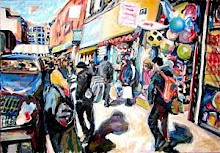

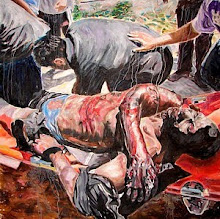





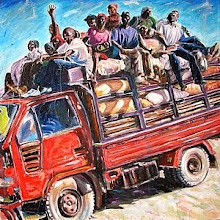

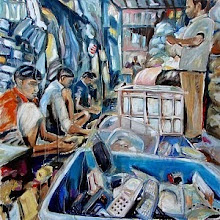

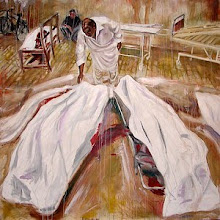

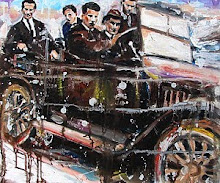
No comments:
Post a Comment